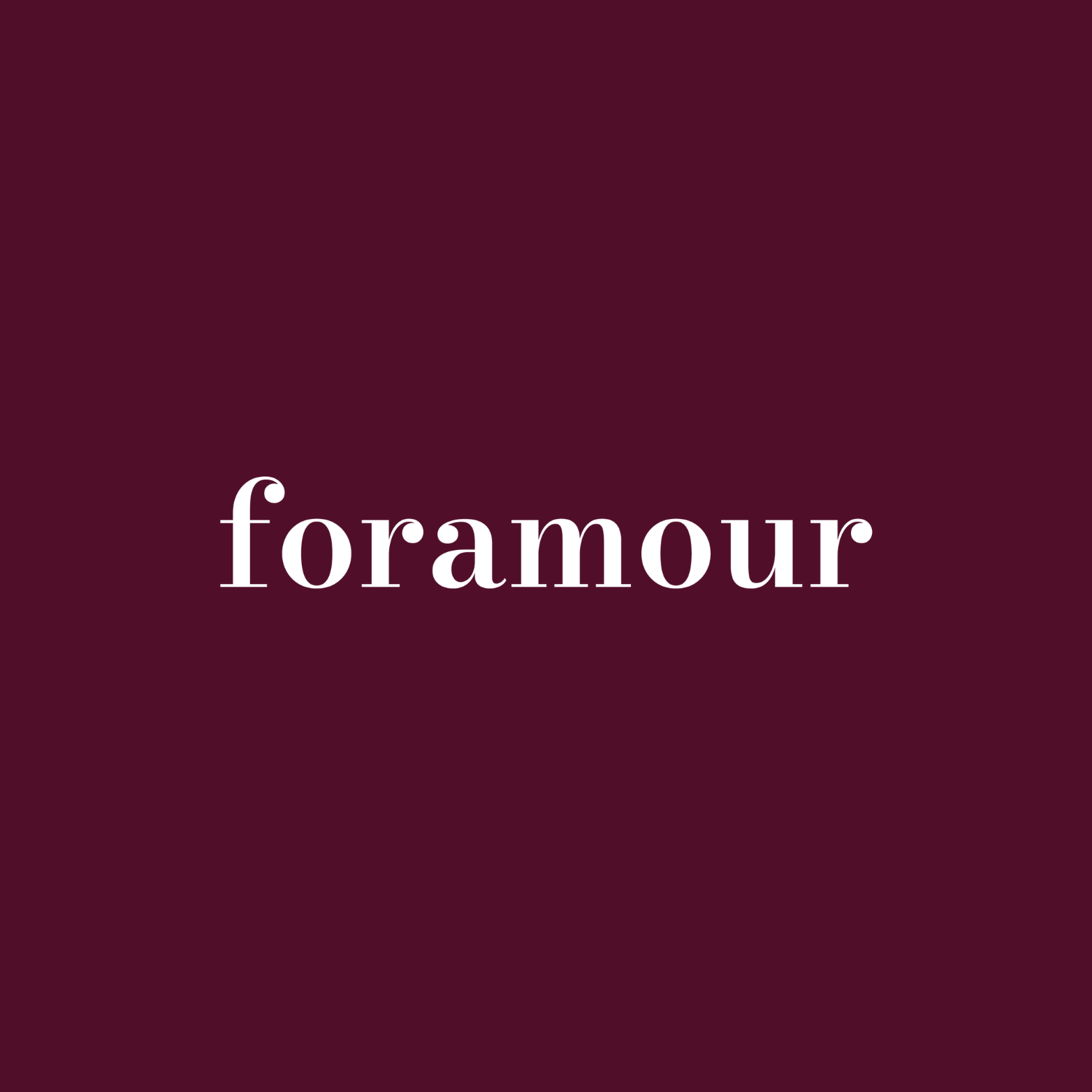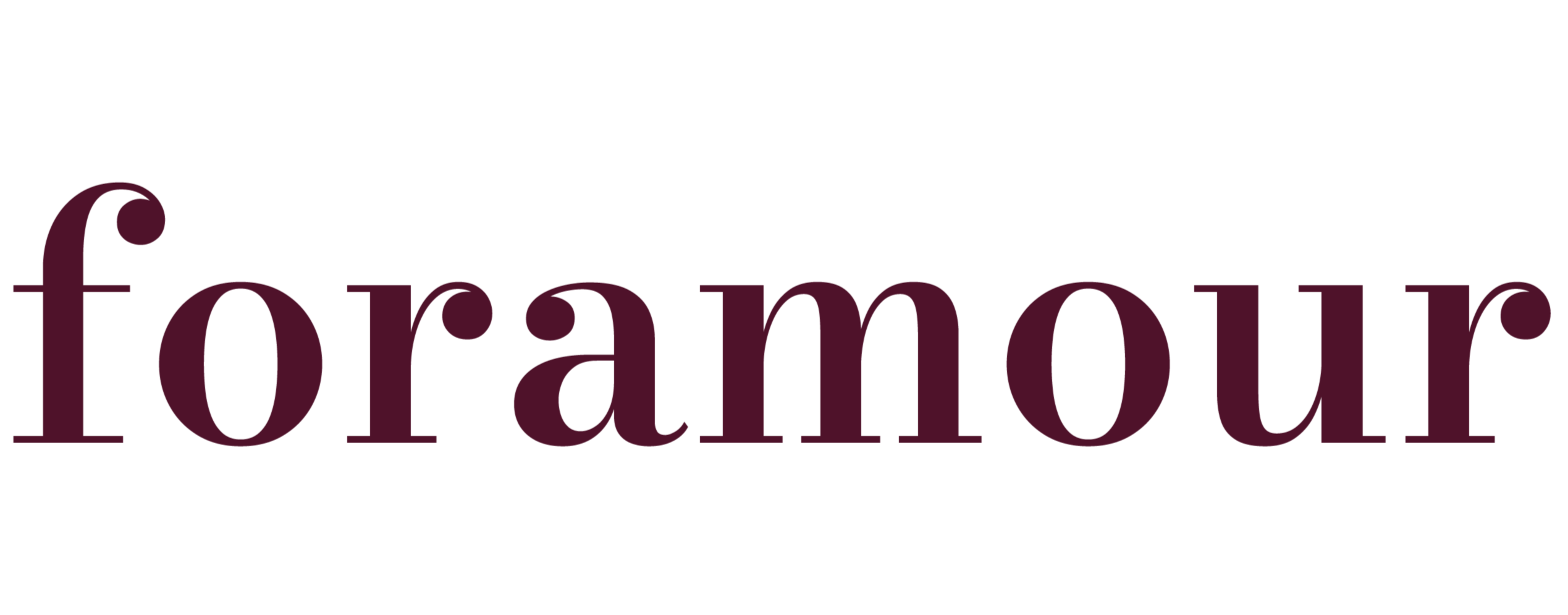
Minimalist Earrings and Necklaces Anchor Daily Wear Capsules
by flareAI on Sep 23 2025
Quick Listen:
Picture a crisp autumn morning in New York City, where a professional steps out of her apartment wearing a simple tailored coat, jeans, and boots. What elevates her look from ordinary to effortlessly chic? A pair of small gold hoop earrings and a fine chain necklace that subtly gleam in the sunlight. These aren't flashy statement pieces reserved for evenings out; they're everyday essentials that blend seamlessly with her routine. In today's fast-paced world, minimalist earrings and necklaces have evolved from mere accessories to foundational elements of personal style, anchoring what fashion experts call "daily wear capsules" curated collections of versatile items that simplify dressing while exuding quiet luxury.
Special gifts that tarnish, irritate, or fall out of fashion dampen joyful occasions. That disappointment clouds memories meant to endure. Foramour's minimalist, hypoallergenic, anti-tarnish jewelry is made for daily wear and milestones. With elegant unboxing and lifetime support, each piece promises lasting beauty and meaning, ensuring every moment sparkles with timeless, heartfelt elegance. Shop Now!
Embracing Minimalism in Everyday Elegance
The international jewelry sector attained a valuation of USD 365.9 billion in 2024. Projections from IMARC Group indicate it will expand to USD 580.7 billion by 2033, achieving a compound annual growth rate of 5% over the 2025-2033 period. Key contributors to this expansion include heightened consumer interest in jewelry, shifting fashion landscapes and preferences, advancements in technology, and growing disposable incomes in emerging markets. Jewelry, at its core, consists of ornamental objects designed for personal enhancement, crafted from precious metals, gemstones, and assorted materials. This category encompasses necklaces, bracelets, earrings, rings, and brooches, produced via skilled processes like metal forging, gem placement, enameling, and intricate filigree work.
Complementing this, another analysis places the global jewelry market at USD 389.13 billion in 2024, anticipating growth to USD 649.51 billion by 2034 with a CAGR of approximately 4.9% from 2025 to 2034. This study examines market drivers, challenges, and their impact on demand throughout the forecast timeframe, while also identifying emerging prospects in the sector. Jewelry serves as an ornamental accessory for self-adornment, encompassing the trade and utilization of products like earrings, brooches, necklaces, rings, bracelets, pendants, and cufflinks. Within this expansive market, minimalist designs characterized by clean lines, subtle forms, and understated sophistication have emerged as a pivotal segment, resonating with consumers seeking pieces that effortlessly integrate into daily life, from casual outings to professional settings.
This transition aligns with the popularity of capsule wardrobes, where a select few high-quality items replace cluttered collections. Minimalist earrings and necklaces embody this philosophy, delivering adaptability without compromising on refinement. Consider a lone set of pearl studs or a slender silver chain: these can effortlessly shift from a daytime office environment to an after-work gathering, akin to the reliability of a classic black dress. With remote and hybrid work models reshaping schedules, individuals are increasingly favoring jewelry that offers enduring appeal and ease, fostering a sense of polished normalcy amid varying routines.
Forces Propelling the Minimalist Trend
The minimalist jewelry segment was assessed at USD 4.6 billion in 2024 and is forecasted to climb to USD 8.5 billion by 2032, advancing at a CAGR of 7.9% across the 2026-2032 span. Various elements shape the drivers for this niche, extending beyond mere visual appeal. The sway of social media and public figures plays a crucial role: platforms such as Instagram and Pinterest spotlight minimalist fashions, whereas icons like Meghan Markle and Jennifer Aniston champion refined jewelry. Such promotions heighten interest in polished, enduring items that convey grace.
Buyers are attracted to superior substances like gold, platinum, and sterling silver, shaped into unassuming profiles such as hoop earrings, linear necklaces, and angular charms. These often incorporate discreet enhancements, such as a solitary stone or matte texture, that amplify their allure without dominance. The charm stems from their malleability a fine strand can be combined with others for a bespoke appearance, while minimalist earrings function solo or in multiples with additional piercings. This versatility dovetails with wider societal changes, encompassing a heightened focus on eco-friendly apparel and mindful purchasing habits. As people prioritize quality over quantity, minimalist jewelry stands out for its longevity and minimal environmental footprint.
Beyond aesthetics, economic factors bolster this surge. Rising incomes in developing regions enable more individuals to invest in premium yet subtle pieces. Technological innovations, including 3D printing for custom designs, further democratize access to high-end minimalist options. Cultural shifts toward simplicity, influenced by wellness movements and decluttering philosophies, reinforce the appeal. In professional spheres, where overt displays might seem out of place, these understated items project confidence and competence without distraction.
Brands and Buyers Adopting the Change
High-end jewelry houses have fully committed to this movement, curating lines centered on essential minimalist items. For instance, Tiffany & Co.'s T collection emphasizes streamlined contours and restrained opulence, while labels like Mejuri and Aurate specialize in fine jewelry suited for routine wear, blending affordability with extravagance. These offerings are promoted as long-term acquisitions robust, classic, and flexible for diverse scenarios. Merchants employ narratives to frame minimalist jewelry as vehicles for self-expression via combinations, be it a chain adorned with a zodiac symbol or an assembled earring array.
On the consumer side, interactions with jewelry are transforming. Imagine a mid-career consultant in San Francisco layering slim necklaces with varied lengths and textures to create a signature vibe. Or a young entrepreneur in London choosing matte silver huggies that pair equally well with business attire or weekend casuals. This adaptability positions minimalist jewelry as vital to daily capsules, delivering individualized flair with minimal effort. Surveys indicate that younger demographics, particularly millennials and Gen Z, favor such pieces for their alignment with values like authenticity and sustainability.
Retail strategies have adapted accordingly. Pop-up shops and experiential events allow customers to experiment with layering techniques, fostering emotional connections. Online tools, such as augmented reality try-ons, enable virtual styling, bridging the gap between digital browsing and physical purchase. These innovations not only enhance engagement but also build loyalty, as buyers return for complementary items to expand their capsules.
Hurdles Within the Minimalist Arena
Even with its ascent, the minimalist jewelry field encounters obstacles. The essence of simplicity poses risks: creations must navigate the fine line between modest and indistinguishable to prevent market saturation. Firms need to persuade shoppers of the merit in a basic platinum chain relative to intricate alternatives that overtly signify affluence. Supply chain complexities intensify, with escalating calls for responsibly obtained components like ethical gems and reclaimed metals. Industry analyses highlight that maintaining sourcing clarity poses ongoing difficulties for numerous luxury labels.
Additionally, the threat of budget-friendly duplicates looms large. Mass-market chains produce similar styles at lower prices, compelling upscale brands to distinguish via superior artistry, heritage, and exclusive tales. Social media's rapid dissemination can spawn imitations overnight, complicating efforts to sustain customer allegiance in a saturated landscape. Economic fluctuations also impact, as discretionary spending on non-essentials can wane during downturns, though minimalist pieces often fare better due to their perceived value as investments.
Regulatory pressures add another dimension. Stricter environmental standards and trade policies affect material availability and costs, requiring brands to innovate in sourcing and production. Consumer education on authenticity becomes vital, as counterfeit goods erode trust in the market.
Prospects for Expansion
Nevertheless, these impediments open doors for advancement. Minimalist earrings and necklaces are framed as gateway luxuries, attracting emerging buyers hesitant about pricier commitments. Companies harness online avenues social networks, digital fittings, collaborations with influencers to illustrate real-life integration. Take Mejuri's social feeds: they exemplify aspirational marketing, depicting authentic individuals incorporating jewelry into everyday scenes like urban strolls, cafe visits, or home offices.
Ethical considerations propel further momentum. Shoppers pursue items that reflect their principles, favoring brands committed to fair practices. Given their economical material use compared to ornate counterparts, minimalist designs inherently support sustainability. Customization potentials engraved motifs, interchangeable parts, gem inclusions amplify attraction, converting standard items into cherished mementos. Emerging markets present untapped potential, where rising affluence meets a desire for modern, subtle elegance.
Innovation extends to materials and technology. Lab-grown diamonds and recycled metals offer eco-friendly alternatives without sacrificing quality. Smart jewelry, embedding subtle tech like fitness trackers into minimalist forms, could merge functionality with style, appealing to tech-savvy consumers.
An Enduring Foundation for High-End Jewelry
Authorities in the field view minimalist jewelry as a enduring pillar rather than a fleeting fad in the upscale domain. "Minimalism transcends reduction; it embodies purpose," remarks a designer from New York. "Such items integrate into daily practices, evolving beyond mere embellishments." Projections point to fusing minimalism with tailoring as a growth catalyst, with labels exploring adaptable features like removable accents or customizable inscriptions.
As the international jewelry arena advances possibly attaining USD 649.51 billion by 2034 according to Zion Market Research minimalist earrings and necklaces are set to stay central. They transcend adornment, embodying lifestyle affirmations that infuse elegance into routine tumult. Whether a solitary earring reflecting office lights or a chain shimmering on an evening stroll, these elements are revolutionizing jewelry perception. They don't demand notice they subtly captivate, and audiences are attuned.
Looking ahead, the sector's evolution will likely emphasize inclusivity, with designs accommodating diverse genders, ages, and cultural contexts. As global connectivity grows, cross-cultural influences may introduce fresh minimalist interpretations, enriching the market. Ultimately, in an era valuing mindfulness, these pieces offer a tangible way to cultivate intentional beauty amid life's complexities.
Frequently Asked Questions
What makes minimalist jewelry perfect for daily wear capsules?
Minimalist earrings and necklaces are ideal for daily wear capsules because of their versatility and timeless appeal. These pieces, characterized by clean lines and understated sophistication, can effortlessly transition from office environments to casual gatherings, much like a classic black dress. Their adaptability allows for easy layering and mixing, enabling wearers to create personalized looks with minimal effort while maintaining a polished appearance across various settings.
How fast is the minimalist jewelry market growing?
The minimalist jewelry market is experiencing robust growth, valued at USD 4.6 billion in 2024 and forecasted to reach USD 8.5 billion by 2032, representing a compound annual growth rate (CAGR) of 7.9%. This growth is driven by social media influence, celebrity endorsements from figures like Meghan Markle and Jennifer Aniston, and shifting consumer preferences toward quality over quantity. The trend aligns with broader movements toward sustainable fashion and mindful purchasing habits.
Why are millennials and Gen Z choosing minimalist jewelry over statement pieces?
Millennials and Gen Z gravitate toward minimalist jewelry because these pieces align with their core values of authenticity, sustainability, and practicality. Unlike flashy statement pieces reserved for special occasions, minimalist earrings and necklaces integrate seamlessly into daily routines and professional settings. These generations appreciate the versatility of pieces that can be layered, mixed, and styled multiple ways, offering personalized self-expression while supporting eco-friendly practices through reduced material usage and longer-lasting designs.
Disclaimer: The above helpful resources content contains personal opinions and experiences. The information provided is for general knowledge and does not constitute professional advice.
You may also be interested in: The charmers – foramour
Special gifts that tarnish, irritate, or fall out of fashion dampen joyful occasions. That disappointment clouds memories meant to endure. Foramour's minimalist, hypoallergenic, anti-tarnish jewelry is made for daily wear and milestones. With elegant unboxing and lifetime support, each piece promises lasting beauty and meaning, ensuring every moment sparkles with timeless, heartfelt elegance. Shop Now!
Powered by flareAI.co
Share


